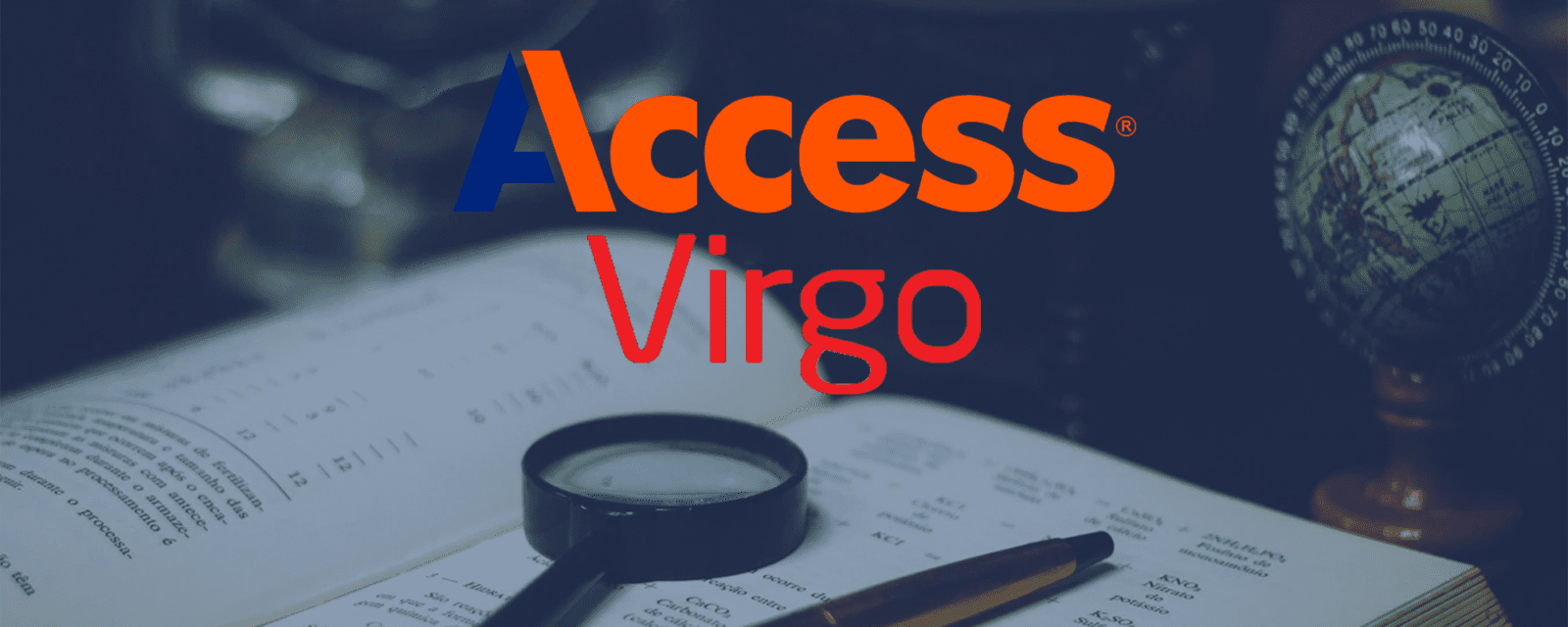
Part 3 of a 3-Part Blog Series
Over the past couple of weeks, we’ve posted in this blog about the process of digitizing energy files. This blog, part 3 of 3 blogs, focuses on the final steps. If you’ve downloaded the digitization playbook and been following the steps outlined within it, you are now well on your way towards digitizing your company’s energy files and documents. You’ve done the prep work and understand the costs (part one in our series). And your senior executives agree that the benefits of digitization are right for your company. Additionally, you’ve conducted a pilot test to reaffirm that your plan is the best one (part two in our series). Now, it’s time to finalize details for a successful implementation of the new digital process.
Like in the previous stages, we’ll share the importance of including a change management component in your digitization plan, review compliance standards and briefly look into the digital future.
Communicate the Change Before, During and After it’s Implemented
Communication is a major component of any successful implementation process. When introducing the electronic management system or a new workflow, advise staff ahead of the coming change. Help them understand the “why” behind the decision and the benefits that will result. Clear and transparent communication can reduce internal resistance to change, set realistic expectations and increase adoption rates.
A strong change management approach should include a robust training program with ongoing support and encouragement to effectively take your company digital. Keep workflows and processes simple. A budget that allows for proper staff training will help assure people comply with the new process and build faith in the integrity of electronic data as the source of truth.
Mitigate the Risk
Whether you opt to manage the digitization in-house or through a vendor, awareness and understanding of matters relating to compliance is essential to mitigate risk. In the energy industry, meeting compliance standards will help avoid the cost implications of fines, the need to repurchase documents, or the breach of contractual obligations.
Compliance planning ranges from mandatory requirements to suggested best practices. Your organization’s level of risk tolerance will ultimately drive the approach taken, but following are the levels of compliance to consider:
Three Levels of Compliance
Level 1 Regulatory/Legal — Legislation, regulations and policies of government departments and agencies prescribe minimum standards for electronic records to qualify digital copies as a source of truth. The procedures, policies and systems of an organization must satisfy these legal standards.
Level 2 Standards/Guidelines/Best Practices — General standards, guidelines and best practices are developed by several organizations. Be aware of published recommendations and use them to inform decisions for your organization. Published recommendations attempt to be compliant with current enactments but should be subject to legal review before developing internal practices.
Level 3 Internal Company Practice/Procedures — When considering “level 3” guidelines, research all legislative and industry best practices to formulate your organization’s interpretation to ensure electronic documents are reliable, defensible, and auditable.
Look Forward to the Future
The final step in the digitization journey requires looking beyond the present to consider the possible future data needs of your company. Take a moment to reflect on the reasons you’ve embarked on this journey. Is it to increase efficiency, heighten data security, mitigate risk, enrich compliance, improve bottom line, or enhance your competitive edge?
Whatever the motivation, it is most likely driven by an existing and present need. However, it’s equally valuable to consider how your organization may change and evolve in the future, and to understand how technologies and document management platforms continue to progress. Implementing a scalable system takes your strategy to the next level and further reinforces return on investment.
Access understands the complexity of energy industry data and can help you with your digitization journey, regardless of where you are starting. Visit our website to connect with one of our agents today.
And in the meantime, for more detailed information on each of the stages covered in this post, check out the “Adventures in Digitization for Energy Companies” playbook. You’ll find helpful links and tools to guide you along each step of your digitization journey.




